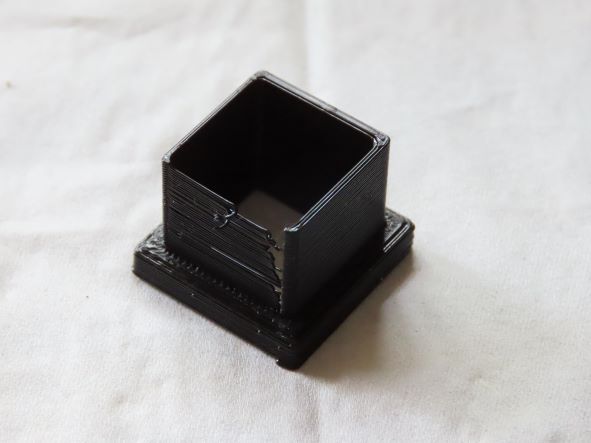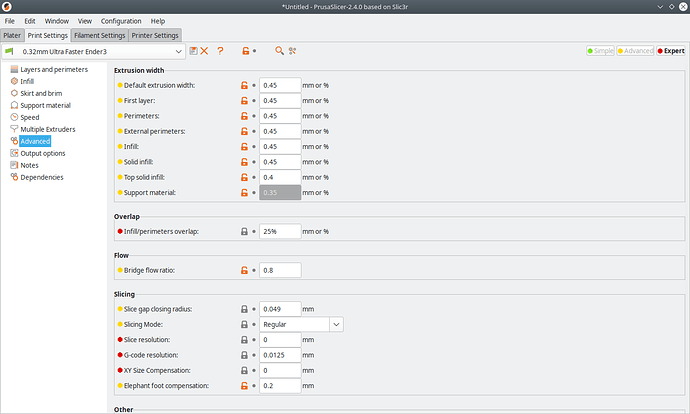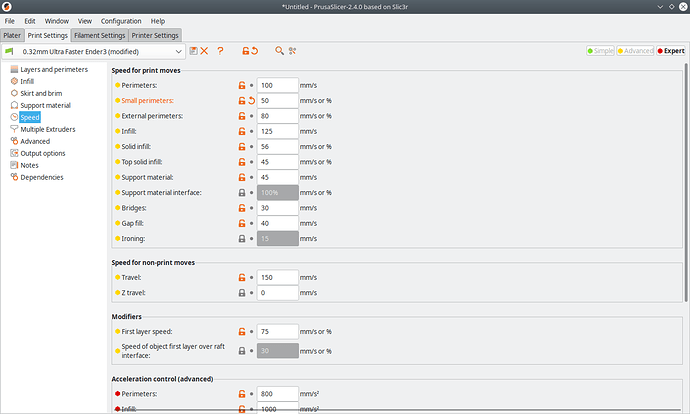When I built my very first 3D printer it was a Mini Kossel but much larger because I needed to be able to print a 6.5" diameter coffee bean grinder bean saver(my invention). I was one of the first to go large with a delta and using 1515 extrusion was a bit light so I had plenty of issues printing once I figured out how to manually calibrate a delta 3D printer running Marlin.
I learned a heck of alot trying to print various test objects to figure out what was wrong and what needed fixing. Went through half a roll of filament before I had it dialed in and I also knew a heck of a lot about Slic3r and calibrations.
When Covid hit, a nurse in the neighborhood put out a request for 3D printed PPE since they were going a week with one N95 mask and no face shields. So I added an Ender 3 to my 3D printer stable and had 3 printers going 10+ hours a day making different face shield sizes and in order to print as fast as possible I tuned each to their highest speed which still made high quality parts. A guy from the local maker group wanted to help so I gave him files and told him they had to be good quality and he gave me garbage. Stringy, delaminating when flexed, etc so I had to throw them away and told him they were unacceptable. Took him 2 more tries before he was making good parts. Because he also had an Ender 3 I could share my Slic3r settings. He said he had no clue his Ender 3 could make such good parts.
Spend a little time up front and the machine will be reliable and make you good parts. Yup, you might still tweak a Slic3r setting here or there or even tweak the design but it’ll be consistent. And every 3D printer should ship with a set of cheap but accurate digital calipers so there’s no eye-balling how things look, you measure and know what you’re getting.
$0.02


